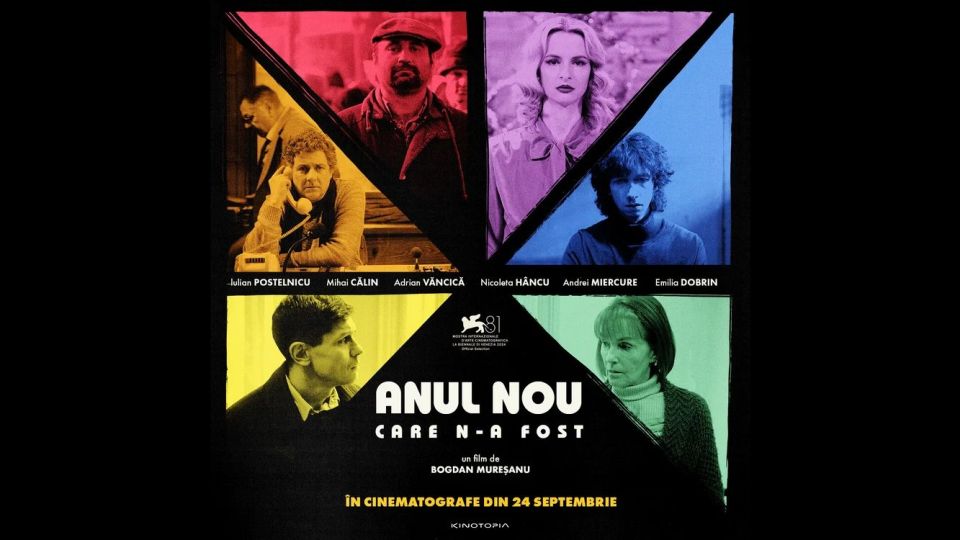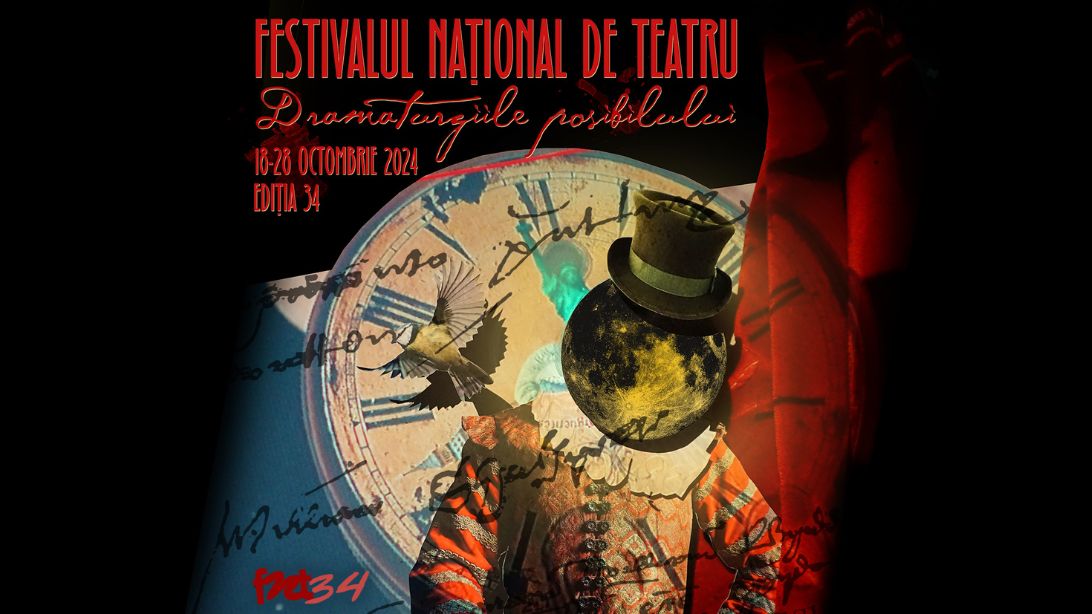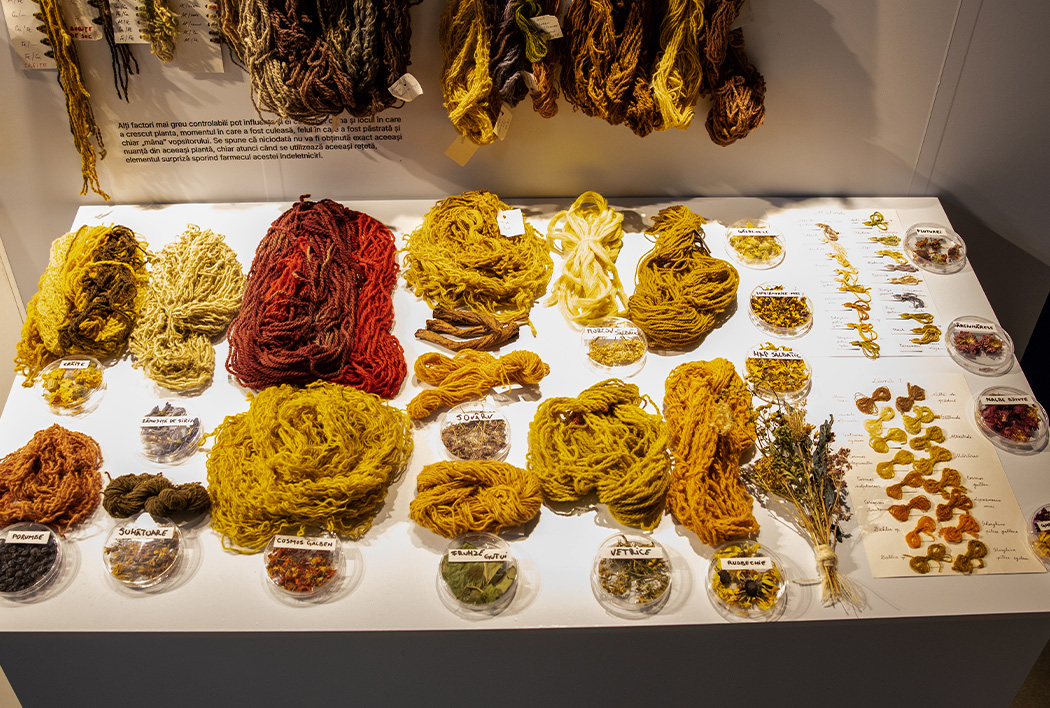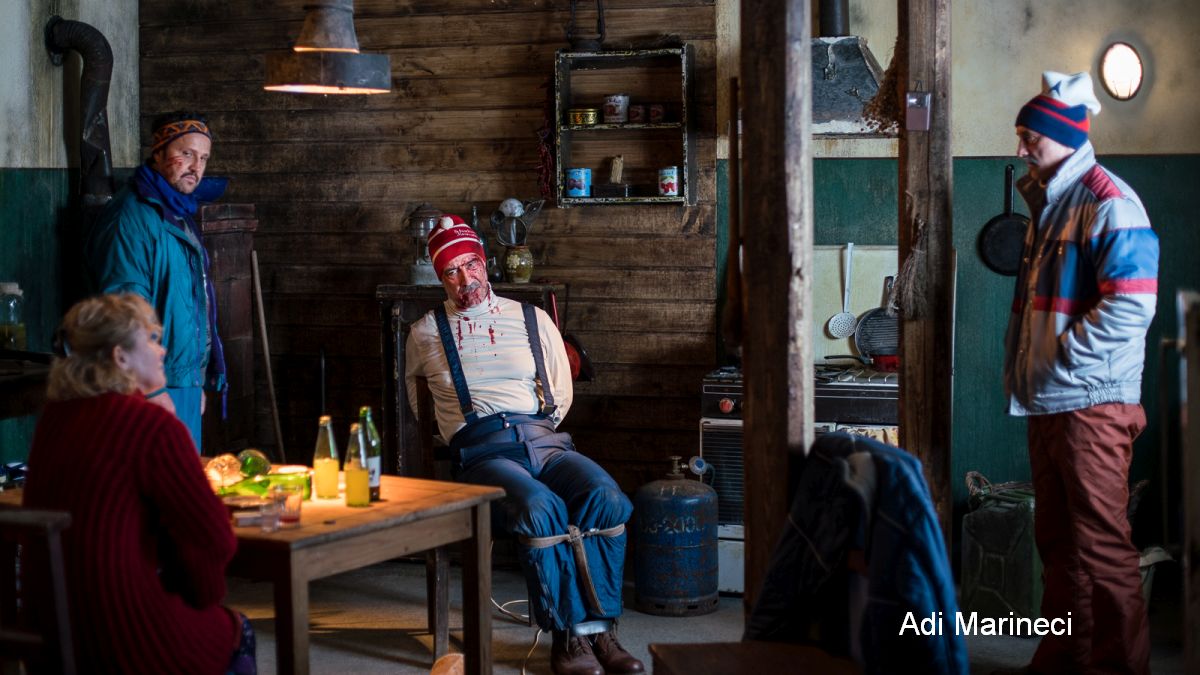Romania at the Venice Art Biennale
Adina Pintilie to represent Romania at the Venice Art Biennale with a project about intimacy and our relationship with our bodies.
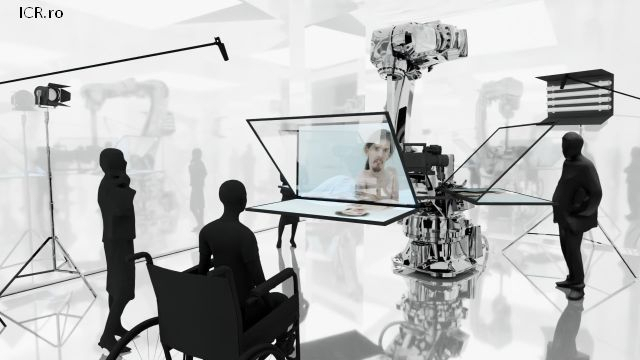
Ion Puican, 26.02.2022, 14:00
You Are Another Me – A Cathedral of the Body is the title of the
project that will represent Romania at the 59th edition of the Venice
Art Biennale. The work of the director and script writer Adina Pintilie, who
won the Golden Bear Trophy at the Berlin Film Festival in 2018 with her debut film
Touch Me Not, the project was selected following a national competition organised
by the ministry of culture, the foreign ministry and the Romanian Cultural
Institute. Attila Kim, Romania’s Commissioner for the Venice Art Biennale,
tells us more:
The winner
was chosen after a competition that began last year and ended this year. The winner
was Adina Pintilie’s project because it is a project that distances itself from
the medium we associated Adina Pintilie with, namely film, and that makes a
step closer to viewers, bringing the film much closer, deconstructing it and
inviting viewers to engage in a dialogue about intimacy and the relationship with
the body. This experience is accompanied by a VR installation inviting viewers
to in effect get into the skin of the people in the documentary, both in the
new gallery of the Romanian Culture Institute in Venice and online.
Attila Kim,
Romania’s Commissioner for the Venice Art Biennale tells us more about where
visitors can see the artistic events stage by Romania at the Biennale:
Romania has
its own pavilion at the Venice Biennale, which has been located at the heart of
the Biennale in the Giardini della Biennale, since 1938. A few other countries
also have pavilions in Venice, but Romania is the only one to also host events,
apart from its pavilion in the Giardini, at its New Gallery of the Romanian
Cultural Institute. Like with every edition, the main exhibition, apart from
the contribution of each country, consists of an international art exhibition,
which this year is curated by Cecilia Alemani and brings together 213 artists, including two from Romania:
Alexandra Pirici, who created the project that represented Romania at the
Venice Biennale in 2013, who has a performance this year, and Andra Ursuță, who
lives now in New York. Romania is also taking part in a very important project,
the ERIAC Pavilion, which is seeking to promote Roma arts and culture from
around Europe, and which contains an exhibition from the Romanian artist Eugen
Raportoru.
We talked to Adina Pintilie about her team’s project, its concept and artistic
research, the work behind the project and its visual and emotional impact:
We are happy to be able to put this project together and it will be a
difficult, but interesting period. The artistic research on which the project
is based began many years ago out of a sort of curiosity and need to re-educate
ourselves about intimacy and the body. We grow up, in family and society, with
certain ideas about the body, beauty, love and relations and these ideas are
often in contradiction to the real experience of our life so, together with a
group of performers and crew I started this laboratory, this emotional nursery,
in which we tried to forget everything we know and look with fresh eyes at how
people experience in fact intimacy, regardless of the ideas and myths we all
grow up with. We want to bring this project of introspection and experimentation
of the relationship with the other closer to the public. An important aspect is
the audio-visual language, the way in which this type of artistic research can
be transmitted to the public and the way in which the public can become part of
this research project. I first explored these ideas in cinema, in the film
Touch Me Not, which came out in 2018 and now it will be interesting for us to
work with video installation. We’re working with several formats at the same
time: installation, video, film, interactive performance, books and online. We’re
now focusing on the multimedia video installation at the Romanian Pavilion and
the VR extension at the venue of the Romanian Cultural Institute because it is a
language totally different from film and which provides you with a different type
of relationship between the body of the visitor and the body of the performers.
So, unlike in cinema, where viewers are at a distance from what goes on the
screen, the exhibition is an immersive experience, physically, emotionally and introspectively.
Where did it all start? What is the psychological and creative mechanism
that generates such a project? Adina Pintilie again:
It wasn’t something I thought about in terms of society, the external
world. My interest in the body and intimacy was something that came from inside.
Each of us taking part in the project has our own way of relating to our bodies,
the experience of identity and together we’re exploring an area which hopefully
will engender a similar type of introspection on the part of the viewer. I’m convinced
it will start a conversation about the body, intimacy, identity, things that
are important to us but which are sensitive areas about which we find it
difficult to communicate.

